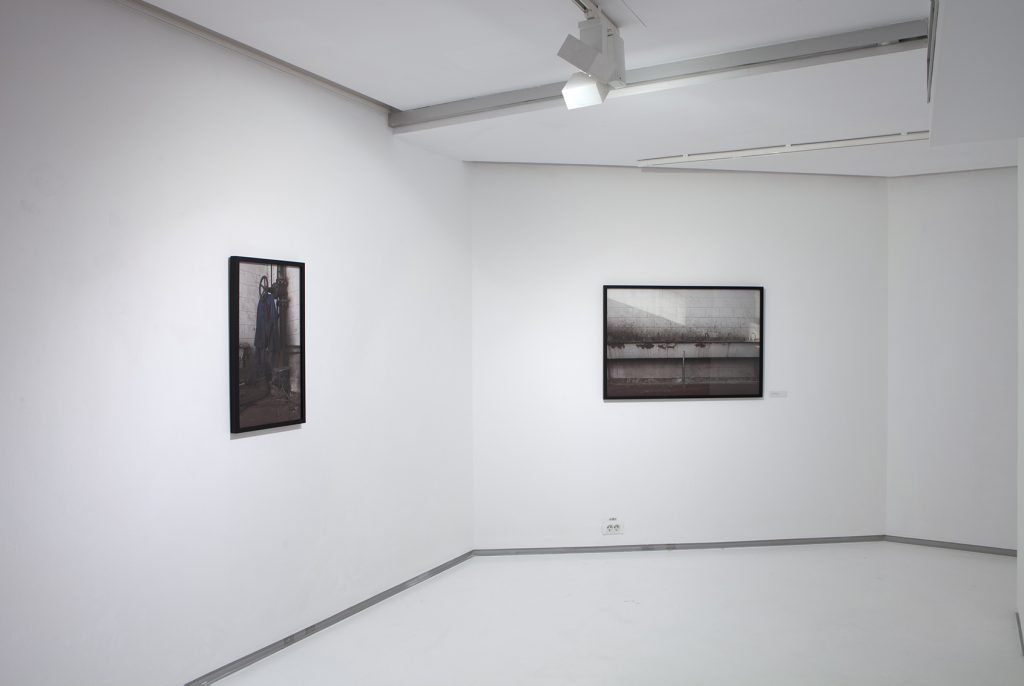”Second of May” by Miri Mor
Curator Ioana Ciocan
“Second of May” analyzes the historical periods of transition, where anxieties for the future become a daily routine. Miri Mor captures and represents the collective memory of workers from a former communist factory without nostalgic overtones or a capitalist critique.
The Factory that had been operating since 1882, was first a foundry and a mechanical workshop, but during the World War II it was transformed into a weapons factory. During the communist dictatorship, it was specialized in the production of pumps for the industrial, agricultural and energy sectors, employing thousands. Between 1980-1991, over 80% of the production was focused on export, the highest level in the Factory history. After the Revolution, production decreased, and the factory went bankrupt, with its few remaining employees, now living under the poverty line. Helped by the intrinsic objectivity of her camera lens, Mor captures the status of lives hanging in the mist of anonymity, waiting. We are on May the Second, the day following the workers’ celebration that had been taking place during the communist period. The ordinary worker takes off his holiday costume and returns to his familiar reality among the production gear, his life but a copy of the copied lives of others. The times of the glorious Five-Year Plan for the national economy are long gone. There remains only the automatism of a life discontinued with small satisfactions: feeding pigeons, music from the radio, food prepared on a sizzling stove top in the factory hall. The worker’s uniform and locker are the artist’s leitmotifs, linking the storyline of the exhibition and taking us through the inertia of a world caught in the milling machine, endlessly rotating, in the mechanism of history.
The utopia of social equality, so upheld by communism, becomes the dystopia of today.

 RO
RO






